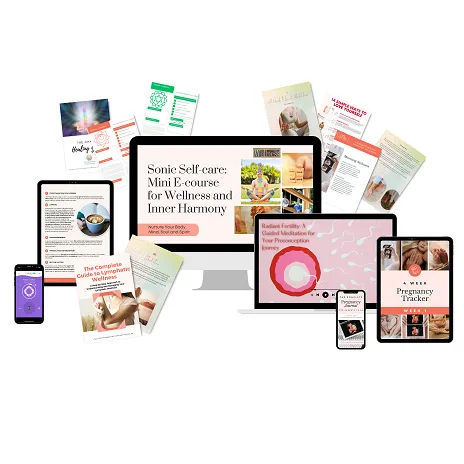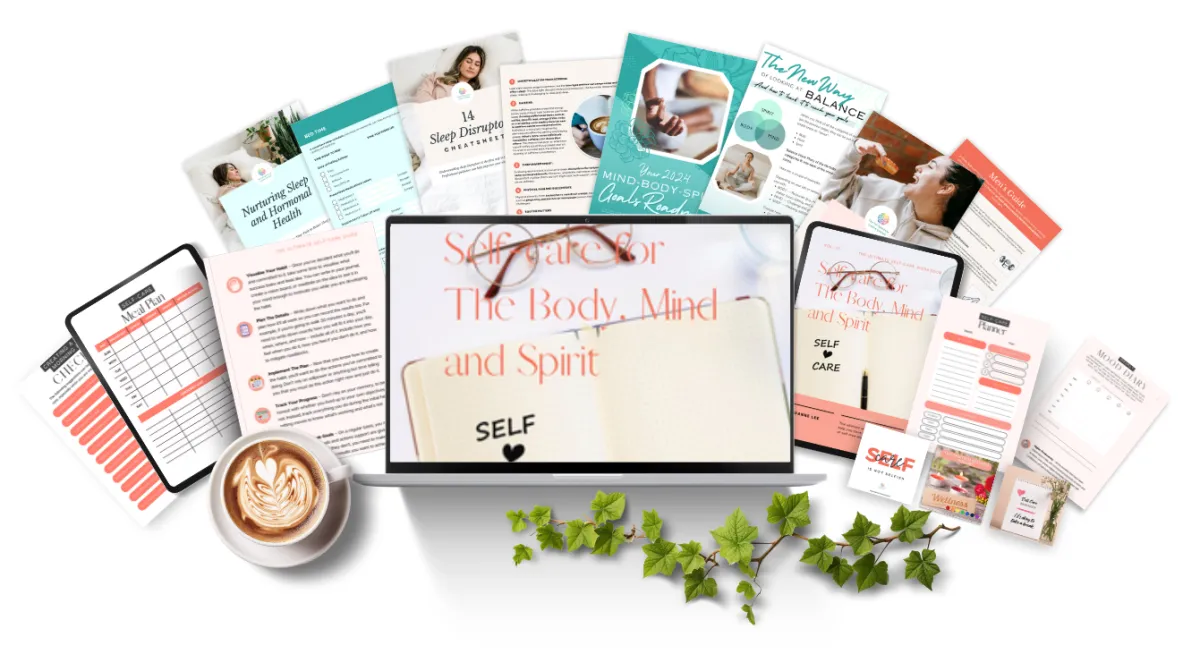Introduction
At times, the sea of life can churn with the tumultuous waves of duties, anxieties, and stresses, leaving us feeling adrift in a state of overwhelm. This isn't just a common inconvenience; it's a serious storm threatening our mental and physical wellbeing. Fortunately, you're not condemned to be swept away by these currents. There is an anchor: mindfulness.
Mindfulness might ring a bell, having become quite the buzzword. Far from the complexities it may imply, mindfulness is essentially about being engrossed in the present and aligning your mindset with this immediacy. The practice offers a refuge from the chaos, significantly dialing down stress and that sense of being engulfed by too much.
What Exactly Is Mindfulness?
The concept of mindfulness has swelled in popularity, becoming a keystone in conversations about personal growth, mental health, and stress mitigation. It serves as a beacon for navigating through the fog of overwhelm and the potential burnout that lurks in its shadows.
So, mindfulness, what is it? Imagine it as an inner eye that opens up to your current thoughts and intentions, allowing you to embrace a stance of acceptance and to bask in the here and now. While the depths of mindfulness are vast and varied, at its core, it's about heightened awareness of your immediate experience. Whether it's acknowledging the stress you feel, savouring a meal, or being absorbed in a hobby, every act can be enriched with mindfulness.
The Art of Being Present
At the heart of mindfulness lies the art of present living. It's particularly transformative when the weight of overwhelm threatens to pull you under. Often, when swamped, our thoughts can scatter like a flock of startled birds, making it seem an insurmountable task to gather them again.
Mindfulness teaches us to lower the volume of our inner chatter and zero in on the 'now'. What demands your attention at this moment? Not tomorrow, not next year, and certainly not the echoes of yesterday. Concentrating on the present helps sort through the mental clutter and clarifies your priorities.
Mindfulness Practices: Your Compass and Map
Adopting mindfulness needn't be complicated. Its simplicity is what makes it so profound. It can be as straightforward as noting down your activities, emotions, and thoughts as they occur. For instance, if you wish to be more mindful during meals, jotting down your sensory experiences and feelings about the food can significantly enhance your mealtime and pave the way for intuitive eating.
Here are some mindful practices to embark on your journey:
1. Body Scan Meditation
A widely used technique, the body scan, invites you to traverse through your own body with your mind's eye, noticing sensations in each part. This not only roots you in the present but also eases you into a tranquil state, creating a breakwater against the tides of your worries.
Rather than getting swept up in your current concerns, you systematically bring your attention to your physical self - your scalp, shoulders, abdomen, all the way to the tips of your toes. It's a journey of discovery, one body part at a time.
2. Conscious Breathing
Breathing exercises are another gateway to mindfulness. The rhythmic pattern of breath serves as a lighthouse, guiding you back to the present. In a serene spot, breathe in deeply, then let it out. Each inhalation and exhalation is a step toward serenity, away from the distractions of past and future.
3. Sensory Engagement
A mindful moment can be cultivated through the deliberate engagement of your senses. What can you touch, taste, see, hear, and smell in this instant? Activating all five senses not only cements you in the present but also amplifies the richness of any experience.
Like any skill, mindfulness flourishes with practice. Begin your journey, and you may quickly notice the waters of life becoming a little calmer, the overwhelm receding like a tide. Embrace the now, and let mindfulness be the compass that guides you through the storms of life.
The voyage of mastering mindfulness does indeed require commitment, but even the fledgling steps towards such practice can have an immediate soothing effect. It's like learning to float; initially, there may be a struggle, but eventually, you'll find buoyancy in the present moment.
Integrating Mindfulness into Your Daily Routine
Creating a life raft of mindfulness in your daily routine doesn't necessitate grand shifts in your activities. It's about weaving it into the fabric of your everyday life.
1. Mindful Mornings
Begin each day with intention. As you wake, spend a few moments in bed, noticing the weight of your body on the mattress, the texture of the sheets, the quality of the light. Such attention can set a serene tone for the day ahead.
2. Mindful Commute
Turn a potentially hectic commute into a time of reflection. If you're driving, notice the grip of your hands on the wheel, the rhythm of the traffic lights, the pattern of your breath. If you're a passenger, observe the landscape passing by, the variety of life around you, the sensation of movement.
3. Mindful Communication
When engaging with others, be fully present. Listen intently, not just to the words but to the emotions and intentions behind them. In this way, every interaction becomes a chance to deepen connections.
4. Mindful Eating
Transform meals into a meditation. Savour each bite, appreciate the colours and textures of your food, and acknowledge the journey it took to reach your plate. This can lead to a more harmonious relationship with food and eating.
Cultivating a Mindful Work Environment
The workplace can often be a source of stress and overwhelm, but mindfulness can help you navigate this space with grace and composure.
1. Mindful Task Management
Approach each task with full attention, doing one thing at a time. This focus can increase productivity and decrease the sense of being overwhelmed.
2. Mindful Breaks
Throughout the day, take short breaks to simply breathe and be present. Even a minute of conscious breathing can act as a reset button for your mind.
3. Mindful Workspace Organisation
Keep your physical workspace organised, which can reflect and encourage a clear mind. A tidy desk can represent a tidy mind.
The Ripple Effect of Mindfulness
As you cultivate mindfulness, you may notice its ripple effect. Stress doesn't vanish, but your relationship with it changes. You become like a rock in a stream, around which the waters of stress flow without eroding your foundation. Mindfulness equips you with the ability to observe your emotions without being capsised by them.
Moreover, the practice of mindfulness can echo into the broader aspects of your life. It can enhance your relationships, improve the quality of your rest, and deepen the joy you find in small, everyday moments.
Conclusion
In conclusion, mindfulness is not just a method for managing overwhelm—it's a full-spectrum approach to living. It's about being fully engaged in the tapestry of life's moments, the brilliant and the muted ones. With mindfulness, you can navigate the ebb and flow of life's demands with resilience and poise, turning the overwhelming tides into waves that you ride with grace and ease. Embrace the practice, and watch as your life transforms, one present moment at a time.
Ready to deepen your meditation and mindfulness practice? 🌿 Visit our Insight Timer profile for a variety of guided meditations designed to help you relax, recharge, and connect with your inner self. Whether you’re starting your journey or looking to expand it, you’ll find sessions to suit every mood and need.
👉 Discover your next favourite meditation: Click here...
Take a moment for yourself today—you deserve it. 🌟




























